Many cities have dealt with the problem, and there is no need for us to reinvent the wheel when it comes to standard policy interventions for air quality in NCR. But we do need to identify novel methods that can improve compliance given the specific socio-economic conditions of Delhi.
The US Ambassador to India, Eric Garcetti, recently remarked that the pollution level in Delhi and surrounding areas reminded him of Los Angeles of the time when he was growing up. While not a novel insight, it does highlight how we can draw on the experience of other great cities. Many cities have dealt with the problem and, therefore, there is no need for us to reinvent the wheel when it comes to standard pollution metric-based policy interventions.
But as should be clear to anyone familiar with the conversation around air quality in NCR, we do need to identify novel methods that can improve compliance with the policy prescriptions given the specific socio-economic conditions of Delhi. Two of the most often talked about sources that require urgent redress are crop residue burning in the neighboring states and the excessive reliance on private vehicles and cars in the region. To the first, my limited assertion is that the issue is linked to the underlying incentive structure in Indian agriculture and we need to keep looking for issues within the urban environment that can be addressed. To the second, I would contend that while some progress will be made as older vehicles get replaced by newer ones, the topography and climate of the place will always mean we have a large number of vehicles. Neither of these implies that we must not work towards improvements in these areas, but that new fronts must be opened to make further improvements.
The regulatory interventions that resulted in the dramatic improvement in the air quality in richer parts of the world were abetted by a long-term trend of continued decline in industry and manufacturing. Delhi and surrounding areas are still very much in their growth phase where new industry is still coming up. This adds to the difficulty in regulating industrial pollution because it might be seen to be hindering the growth of industry (and therefore jobs). The large scale of the unorganized/informal/unregulated industrial sector further limits even the potential impact that any regulation can have. If a small-scale industrial unit (think of Sangam Vihar in Delhi or Harola in Noida) is not in the ambit of government regulation regarding registration, taxes, or labor laws, it is tough to imagine that its emissions can be regulated. So, while the state's capacity to implement environmental regulation is often subject to scorn, there has been precious little effort in identifying ways in which it could be improved.
Ease of doing business, credit access, and air quality: The widespread existence of small-scale industrial units that are not registered with the government is at least partially explained by the difficulties involved in the process of registration. Discussions on increasing the ease of doing business usually focus on green-field enterprises and the resulting benefits. However, any improvement in the ease of doing business will also create the right incentives for small-scale firms to become a part of the formal sector voluntarily. For instance, firms in the informal sector might become willing to forego some of the benefits that operating in the shadow of the law would afford them. If the initial barrier to entering the formal sector is reduced, they might be willing to take on the cost of regulations if the benefits like access to credit outweigh costs.
An increase in access to credit for smaller firms (via institutional mechanisms like CGTMSE) can both provide an incentive to enter the formal sector and make investments in new machinery or equipment. As a consequence of entering the formal sector, more such operations will be within the remit of any subsequent regulatory interventions to reduce harmful emissions.
Pollution as the enemy, not polluter: The air quality debate is often framed as a tussle between the producers and consumers of pollution, with the state often being asked to step in to defend the rights of the consumers by penalizing the producers. Notwithstanding the fact that most citizens are often both consumers and producers (of pollution), this adversarial framework is untenable as pollution, more often than not, is a byproduct of some productive activity. For instance, a government cannot ban cars or tax them prohibitively as it would lead to massive job losses.
An alternative framework is one in which the government acts as a disseminator of information and facilitates the adaptations that are required to reduce emissions. One way to think of this is in terms of the Porter hypothesis, where pollution is seen as a sign of inefficiency in the production process. For instance, if a potter buys low-quality coal for his furnace, even though the buying cost would be low, it would not provide as much heat as a smaller quantity of higher-quality coal might. Here a move away from low-quality coal is desirable both for the potter and his neighbors who suffer from the smoke of his furnace. The government can then help the potter make the move with subsidies or by simply making better quality coal available. This approach would imply the state acting as a partner, not an investigator, and help foster an environment in which the objectives of the regulator and regulation are aligned.
An increase in the number of firms in the regulatory ambit and a move towards regulatory facilitation are mutually reinforcing processes that can lead to some improvement in compliance. Hopefully, this will redirect our, the city dwellers’, impotent rage at farmers and lack of public transport, towards efforts at building up a cleaner and more prosperous city for everyone.
The author of this article is Vatsalya Srivastava, Fellow, Center for the Digital Future, India Development Foundation and Visiting Faculty at Jindal School of Government and Public Policy, OP Jindal Global University.
(Disclaimer: The views expressed above are the author's own and do not reflect those of DNA.)
![submenu-img]() IND vs SL, 1st T20I: Predicted playing XIs, live streaming details, weather and pitch report
IND vs SL, 1st T20I: Predicted playing XIs, live streaming details, weather and pitch report![submenu-img]() Women's Asia Cup 2024: India beat Bangladesh by 10 wickets to reach ninth successive final
Women's Asia Cup 2024: India beat Bangladesh by 10 wickets to reach ninth successive final![submenu-img]() Apple reduces prices of iPhones across models, iPhones 13, 14 and 15 will be cheaper by Rs...
Apple reduces prices of iPhones across models, iPhones 13, 14 and 15 will be cheaper by Rs...![submenu-img]() 'Elon Musk treated me badly for...,' says Tesla chief's daughter Vivian Jenna Wilson
'Elon Musk treated me badly for...,' says Tesla chief's daughter Vivian Jenna Wilson![submenu-img]() Watch video: 'Questionable' Indian food served to employees in Dutch office; Internet reacts
Watch video: 'Questionable' Indian food served to employees in Dutch office; Internet reacts![submenu-img]() Meet woman, a doctor who cleared UPSC exam to become IAS officer, resigned after 7 years due to...
Meet woman, a doctor who cleared UPSC exam to become IAS officer, resigned after 7 years due to...![submenu-img]() Meet IAS officer, one of India's most educated men, who earned 20 degrees, gold medals in...
Meet IAS officer, one of India's most educated men, who earned 20 degrees, gold medals in...![submenu-img]() Meet Maths genius, who worked with IIT, NASA, went missing suddenly, was found after years..
Meet Maths genius, who worked with IIT, NASA, went missing suddenly, was found after years..![submenu-img]() Meet Indian genius who fled to Delhi from Pakistan, worked at two IITs, awarded India’s top science award for…
Meet Indian genius who fled to Delhi from Pakistan, worked at two IITs, awarded India’s top science award for…![submenu-img]() Meet woman who cracked UPSC exam after accident, underwent 14 surgeries, still became IAS officer, she is...
Meet woman who cracked UPSC exam after accident, underwent 14 surgeries, still became IAS officer, she is...![submenu-img]() 5 Men Rape Australian Woman In Paris Just Days Ahead Of Olympic | Paris Olympics 2024
5 Men Rape Australian Woman In Paris Just Days Ahead Of Olympic | Paris Olympics 2024![submenu-img]() US Elections: 'I Know Trump's Type', Says Kamala Harris As She Launches Election Campaign
US Elections: 'I Know Trump's Type', Says Kamala Harris As She Launches Election Campaign![submenu-img]() Breaking! Nepal Plane Crash: Saurya Airlines Flight With 19 On Board Crashes In Kathmandu
Breaking! Nepal Plane Crash: Saurya Airlines Flight With 19 On Board Crashes In Kathmandu![submenu-img]() J&K Encounter: Search Operation By Indian Army, Police Continue, 1 Terrorist Neutralised In Kupwara
J&K Encounter: Search Operation By Indian Army, Police Continue, 1 Terrorist Neutralised In Kupwara![submenu-img]() Breaking! Nepal Plane Crash: Saurya Airlines Flight With 19 On Board Crashes In Kathmandu
Breaking! Nepal Plane Crash: Saurya Airlines Flight With 19 On Board Crashes In Kathmandu![submenu-img]() NASA images: 7 mesmerising images of space will make you fall in love with astronomy
NASA images: 7 mesmerising images of space will make you fall in love with astronomy![submenu-img]() 8 athletes with most Olympic medals
8 athletes with most Olympic medals![submenu-img]() In pics: Step inside Jalsa, Amitabh Bachchan, Jaya Bachchan's Rs 120 crore mansion with gym, jacuzzi, aesthetic decor
In pics: Step inside Jalsa, Amitabh Bachchan, Jaya Bachchan's Rs 120 crore mansion with gym, jacuzzi, aesthetic decor![submenu-img]() Remember Paul Blackthorne, Lagaan's Captain Russell? Quit films, did side roles in Hollywood, looks unrecognisable now
Remember Paul Blackthorne, Lagaan's Captain Russell? Quit films, did side roles in Hollywood, looks unrecognisable now![submenu-img]() This actor was called next superstar, bigger than Amitabh, Vinod Khanna, then lost stardom, was arrested for wife's...
This actor was called next superstar, bigger than Amitabh, Vinod Khanna, then lost stardom, was arrested for wife's...![submenu-img]() Meet man, tribal who tipped off Army about Pakistani intruders in Kargil, awaits relief from govt even after...
Meet man, tribal who tipped off Army about Pakistani intruders in Kargil, awaits relief from govt even after...![submenu-img]() Puja Khedkar case latest update: Shocking details about her parents Manorama Khedkar, Dilip Khedkar revealed
Puja Khedkar case latest update: Shocking details about her parents Manorama Khedkar, Dilip Khedkar revealed![submenu-img]() Kargil Vijay Diwas Live Updates: PM Modi visits Dras to mark 25th anniversary of Kargil Vijay Diwas
Kargil Vijay Diwas Live Updates: PM Modi visits Dras to mark 25th anniversary of Kargil Vijay Diwas![submenu-img]() Big rejig in BJP: New state chief for Bihar and Rajasthan named
Big rejig in BJP: New state chief for Bihar and Rajasthan named![submenu-img]() Mumbai rains: Schools, colleges to operate normally today, BMC urges citizens to...
Mumbai rains: Schools, colleges to operate normally today, BMC urges citizens to...![submenu-img]() DRDO fortifies India's skies: Phase II ballistic missile defence trial successful
DRDO fortifies India's skies: Phase II ballistic missile defence trial successful![submenu-img]() Gaza Conflict Spurs Unlikely Partners: Hamas, Fatah factions sign truce in Beijing
Gaza Conflict Spurs Unlikely Partners: Hamas, Fatah factions sign truce in Beijing![submenu-img]() Crackdowns and Crisis of Legitimacy: What lies beyond Bangladesh's apex court scaling down job quotas
Crackdowns and Crisis of Legitimacy: What lies beyond Bangladesh's apex court scaling down job quotas![submenu-img]() Area 51: Alien testing ground or enigmatic US military base?
Area 51: Alien testing ground or enigmatic US military base?![submenu-img]() Transforming India's Aerospace Industry: Budget 2024 and Beyond
Transforming India's Aerospace Industry: Budget 2024 and Beyond![submenu-img]() Chalti Rahe Zindagi review: Siddhant Kapoor's relatable but boring lockdown drama can be skipped
Chalti Rahe Zindagi review: Siddhant Kapoor's relatable but boring lockdown drama can be skipped ![submenu-img]() 'This is nothing but...': Pahlaj Nihalani on CBFC's delay in censor certification of John Abraham's Vedaa
'This is nothing but...': Pahlaj Nihalani on CBFC's delay in censor certification of John Abraham's Vedaa ![submenu-img]() Does Janhvi Kapoor pay for social media praise, positive comments? Actress reacts, 'itna budget...'
Does Janhvi Kapoor pay for social media praise, positive comments? Actress reacts, 'itna budget...'![submenu-img]() Parineeti Chopra's cryptic post about 'throwing toxic people out of life' scares fans: 'Stop living for...'
Parineeti Chopra's cryptic post about 'throwing toxic people out of life' scares fans: 'Stop living for...'![submenu-img]() Highest grossing animated film ever has earned Rs 12200 crore; beat The Lion King, Toy Story, Frozen, Minions, Shrek
Highest grossing animated film ever has earned Rs 12200 crore; beat The Lion King, Toy Story, Frozen, Minions, Shrek![submenu-img]() Watch video: 'Questionable' Indian food served to employees in Dutch office; Internet reacts
Watch video: 'Questionable' Indian food served to employees in Dutch office; Internet reacts![submenu-img]() This small nation is most important country in world, plays huge role in shaping geopolitics, it is...
This small nation is most important country in world, plays huge role in shaping geopolitics, it is...![submenu-img]() El Mayo in US custody: Who is Mexican drug lord Ismael Zambada, Sinaloa cartel leader arrested with El Chapo's son?
El Mayo in US custody: Who is Mexican drug lord Ismael Zambada, Sinaloa cartel leader arrested with El Chapo's son?![submenu-img]() Viral video: 15-foot python attacks and nearly swallows Jabalpur man, here's how locals save him, watch
Viral video: 15-foot python attacks and nearly swallows Jabalpur man, here's how locals save him, watch![submenu-img]() 'Anant knows everything': Akash Ambani, Isha Ambani tell Amitabh Bachchan as…
'Anant knows everything': Akash Ambani, Isha Ambani tell Amitabh Bachchan as…
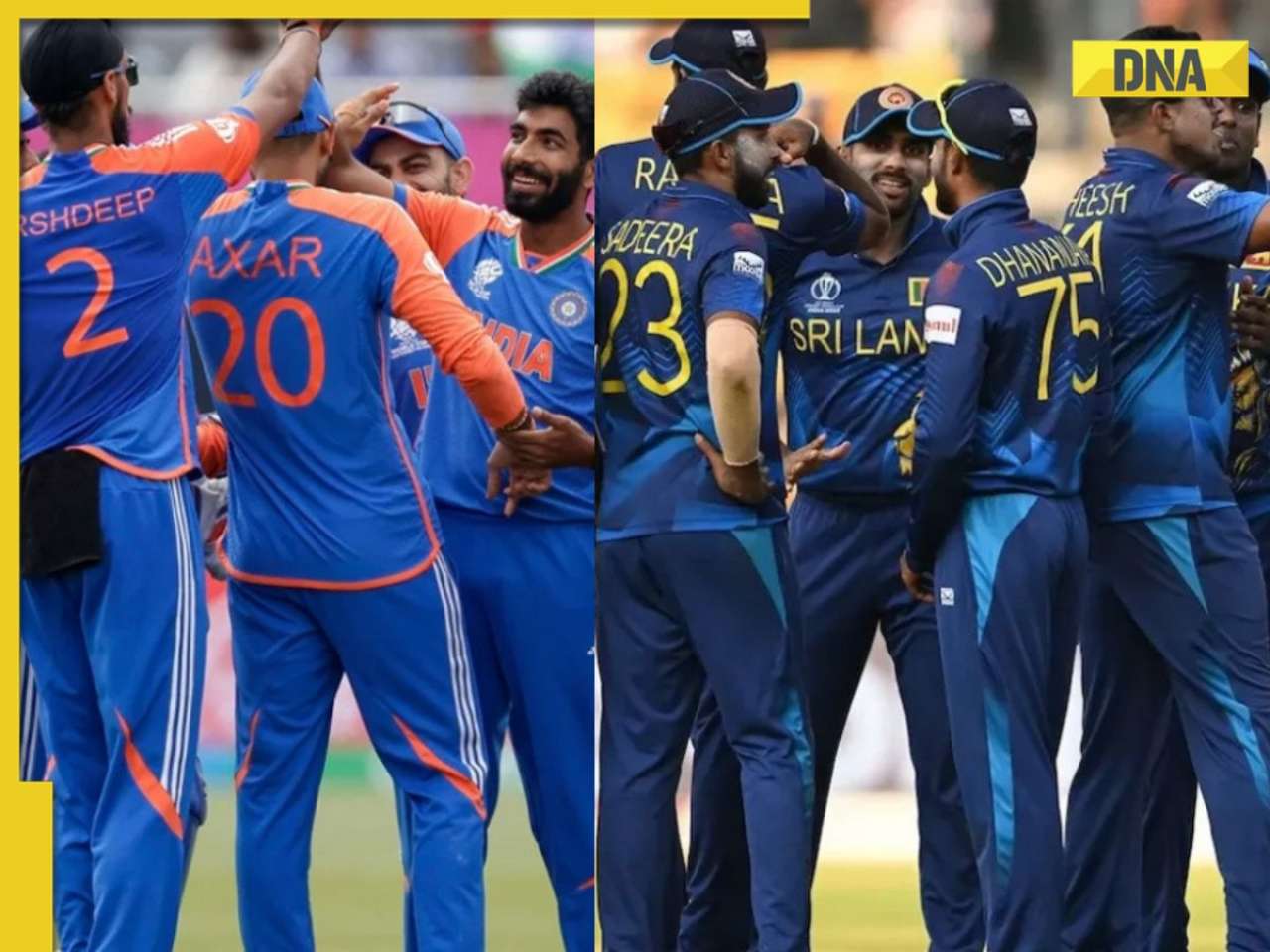
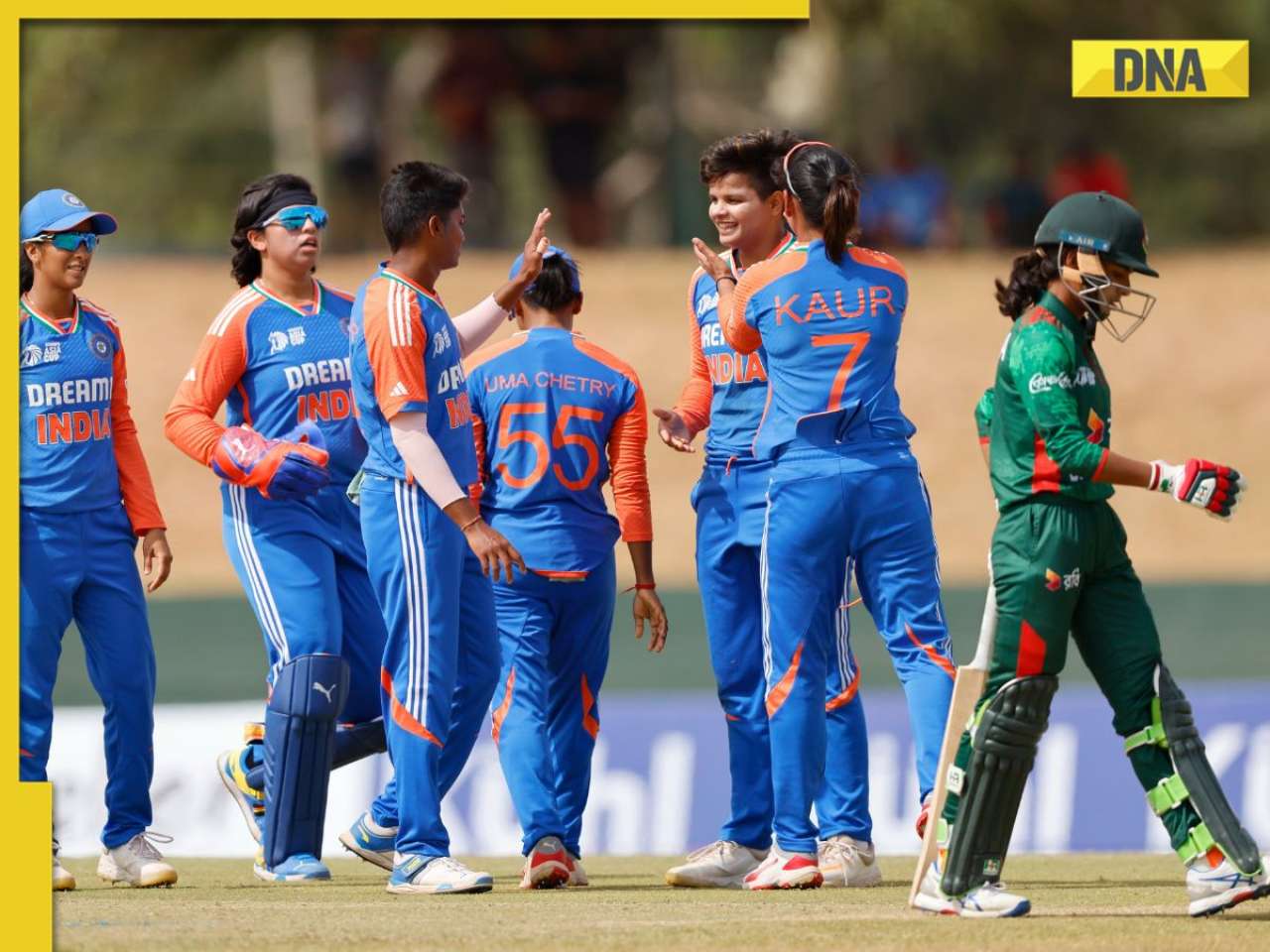

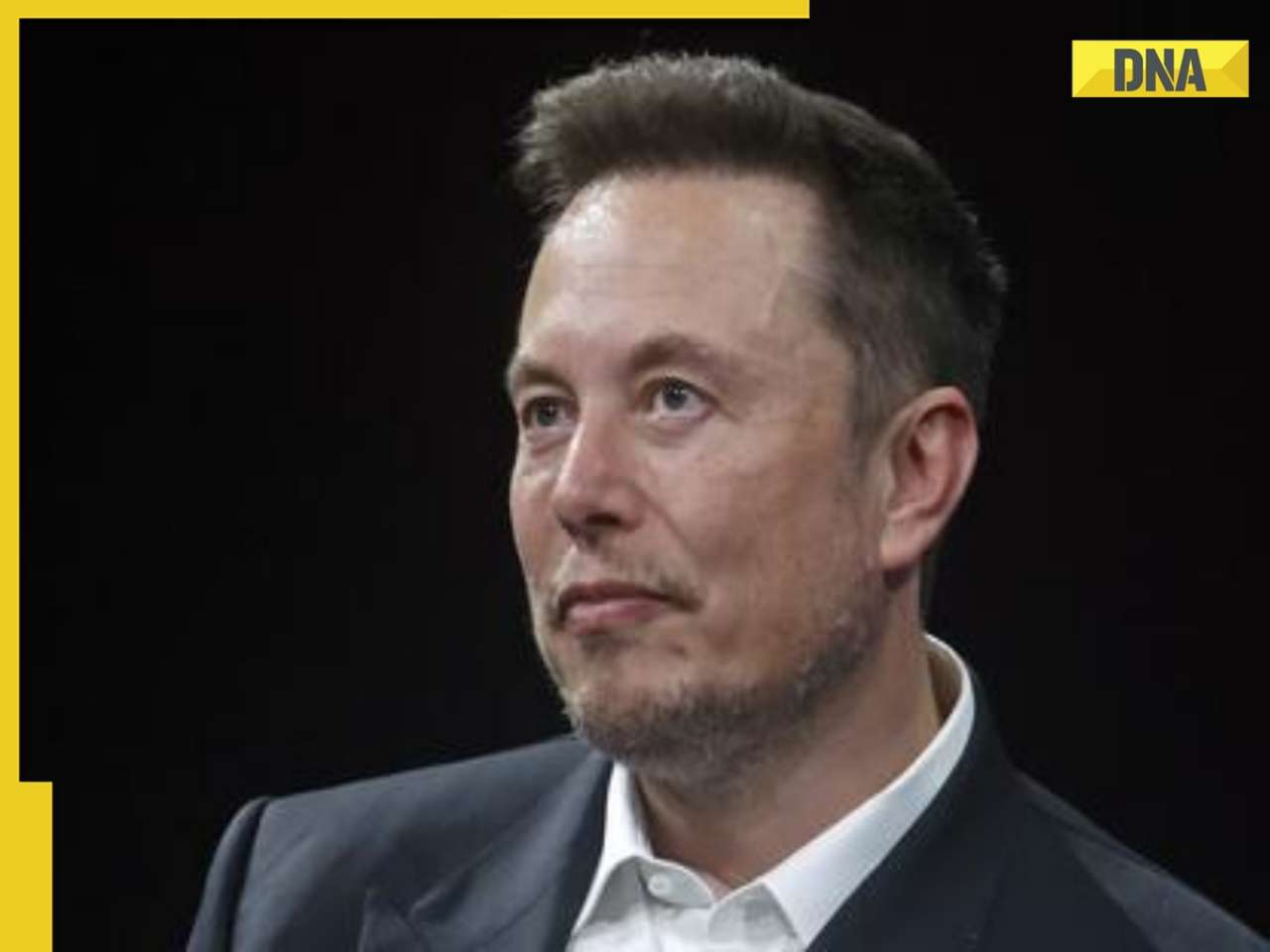
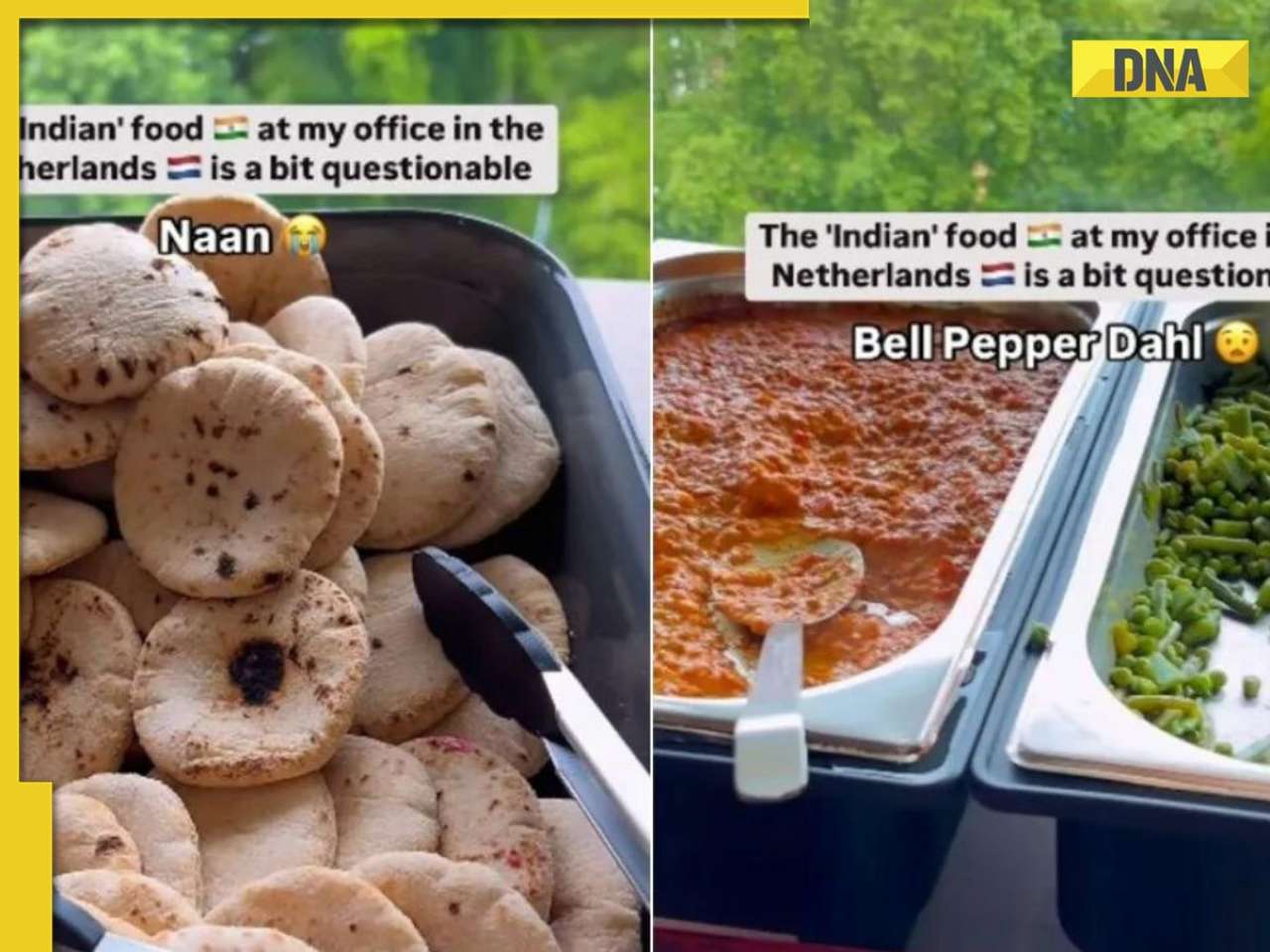






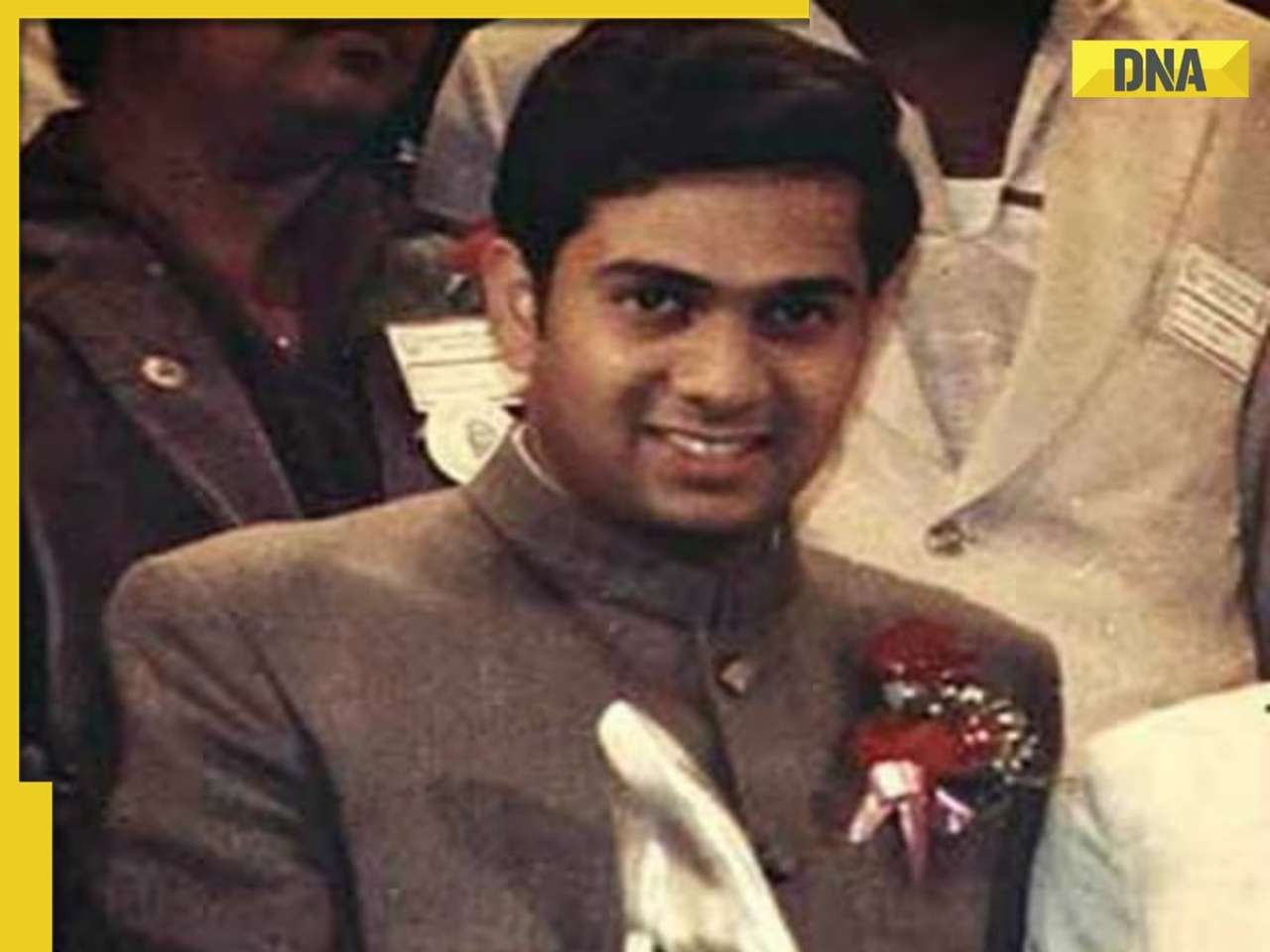
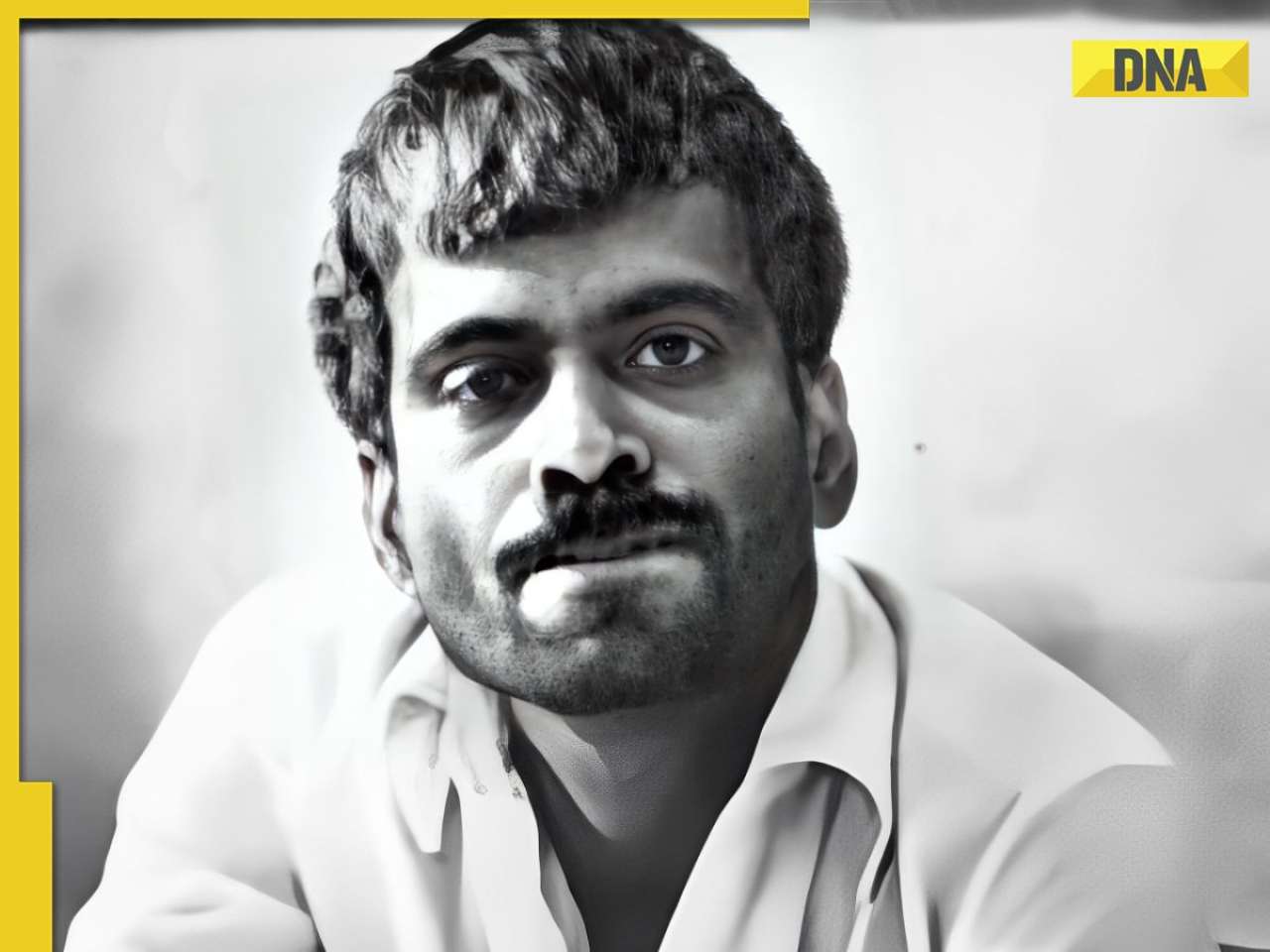
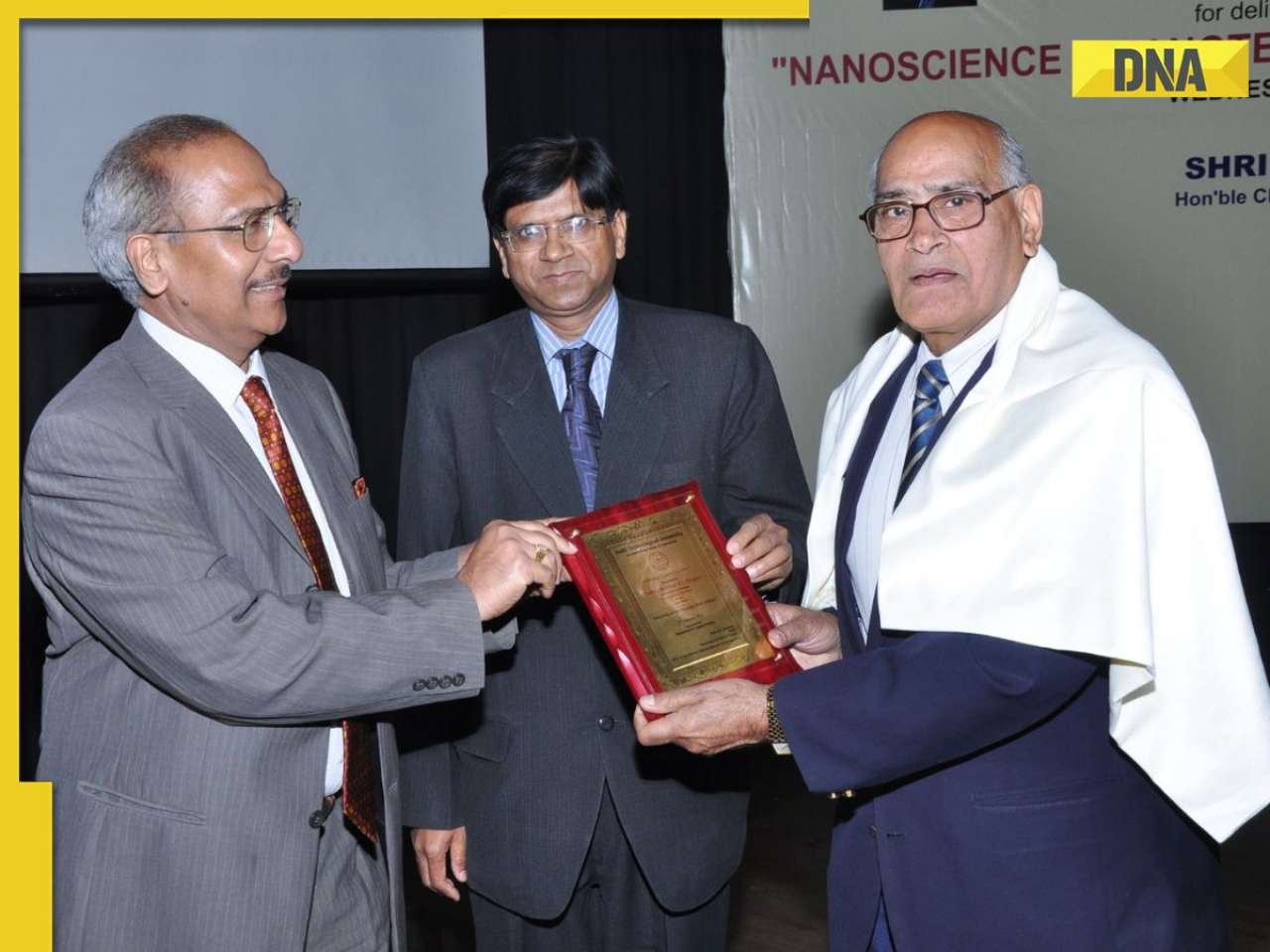
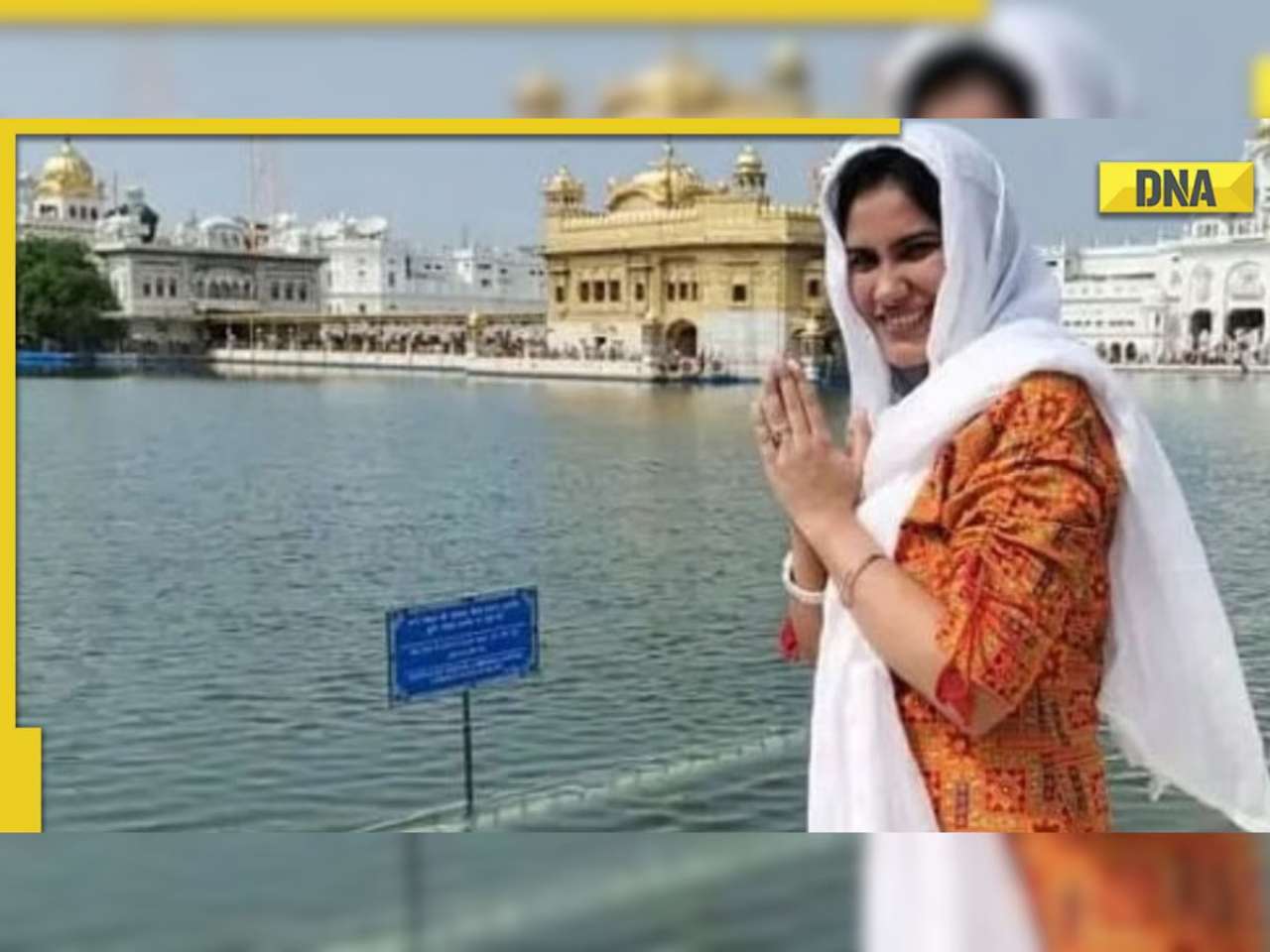










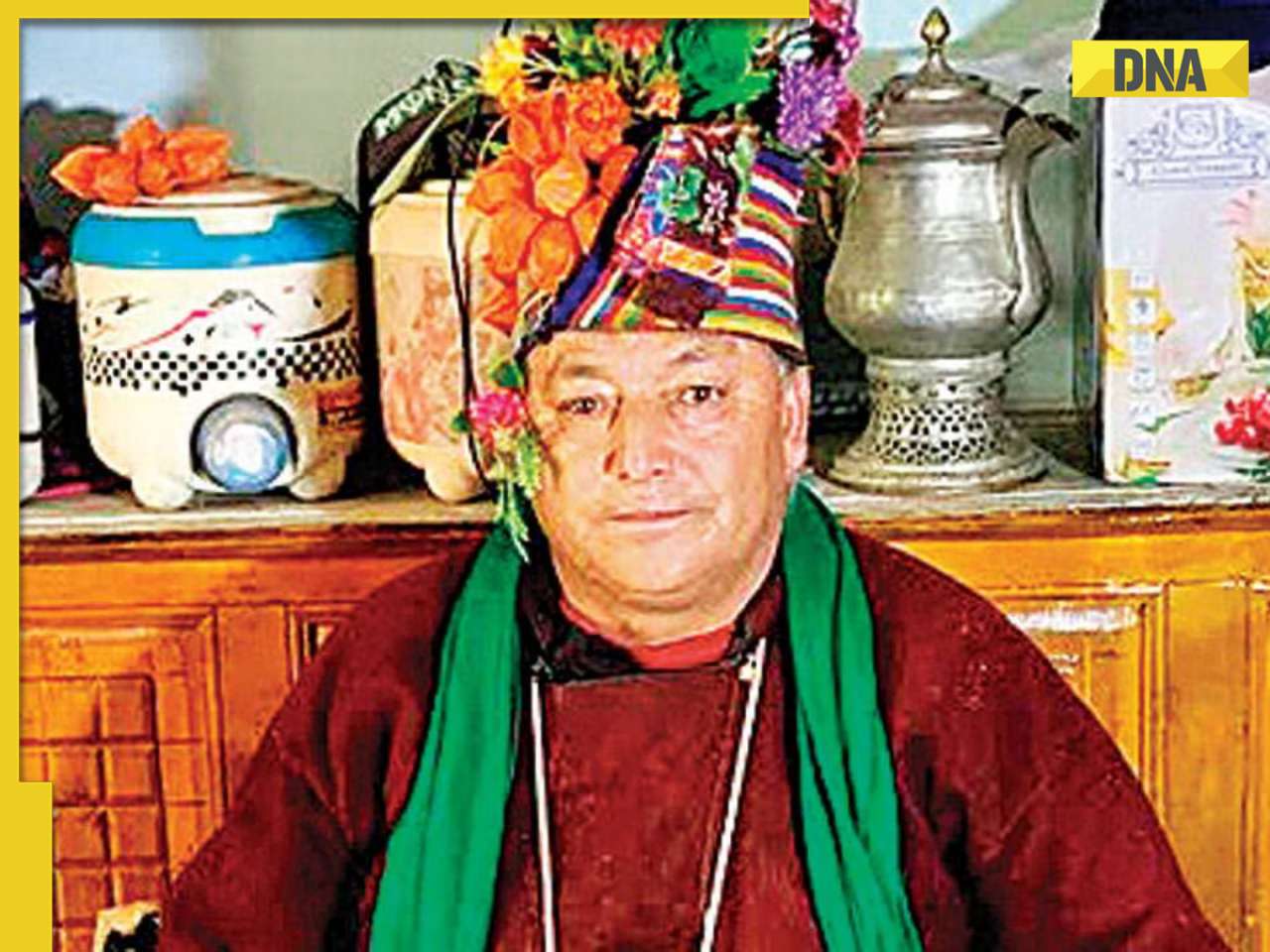
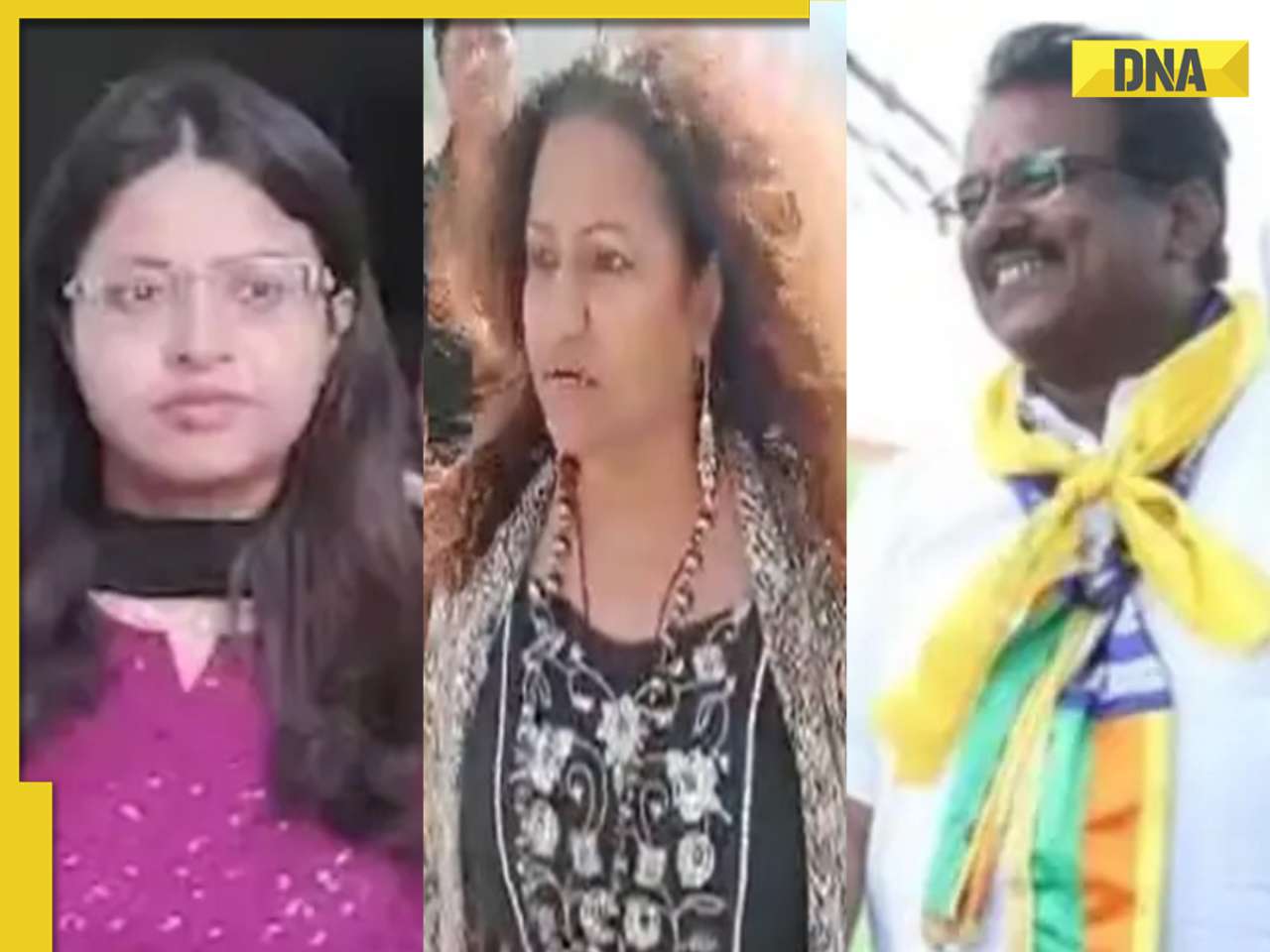
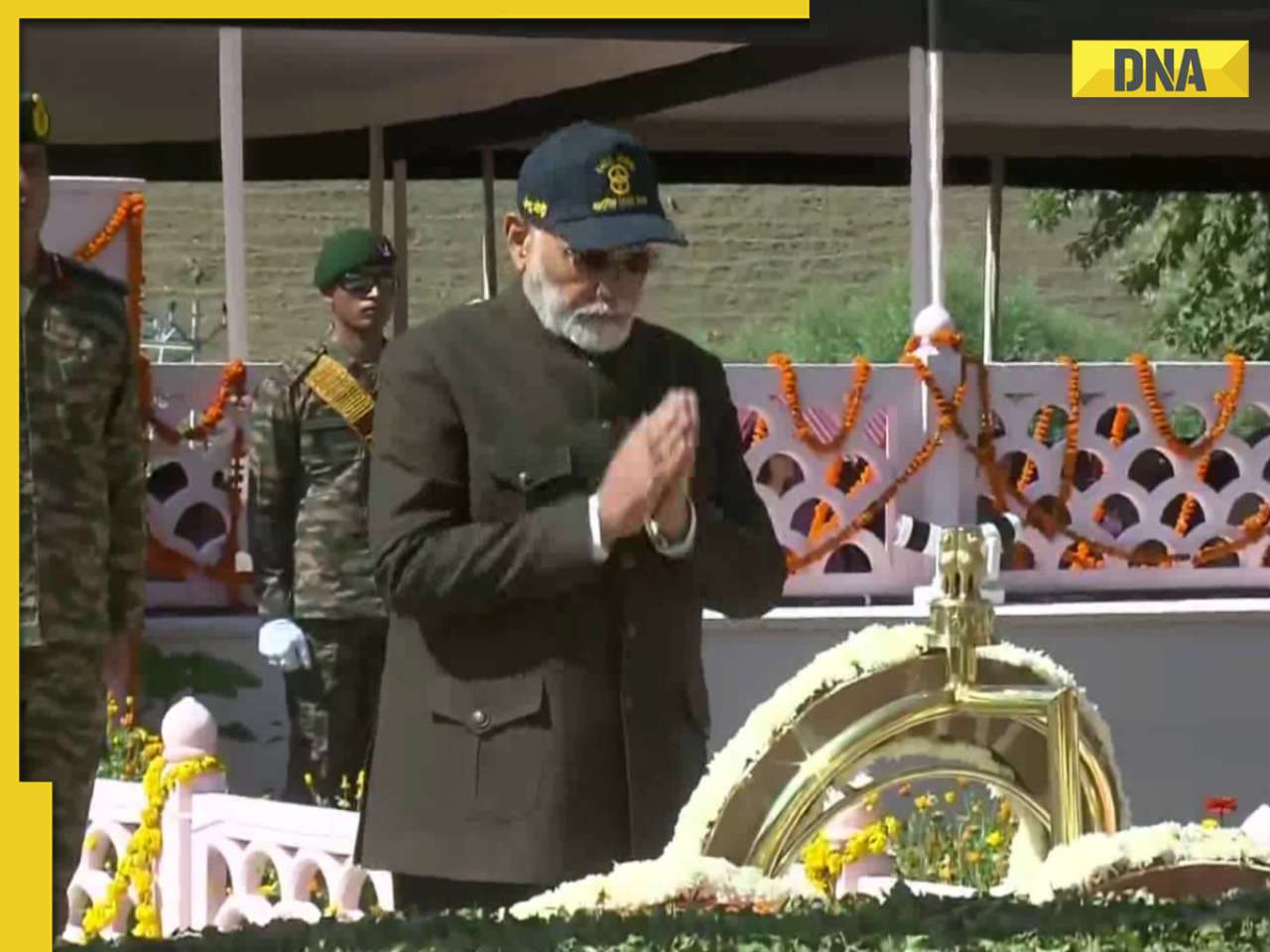
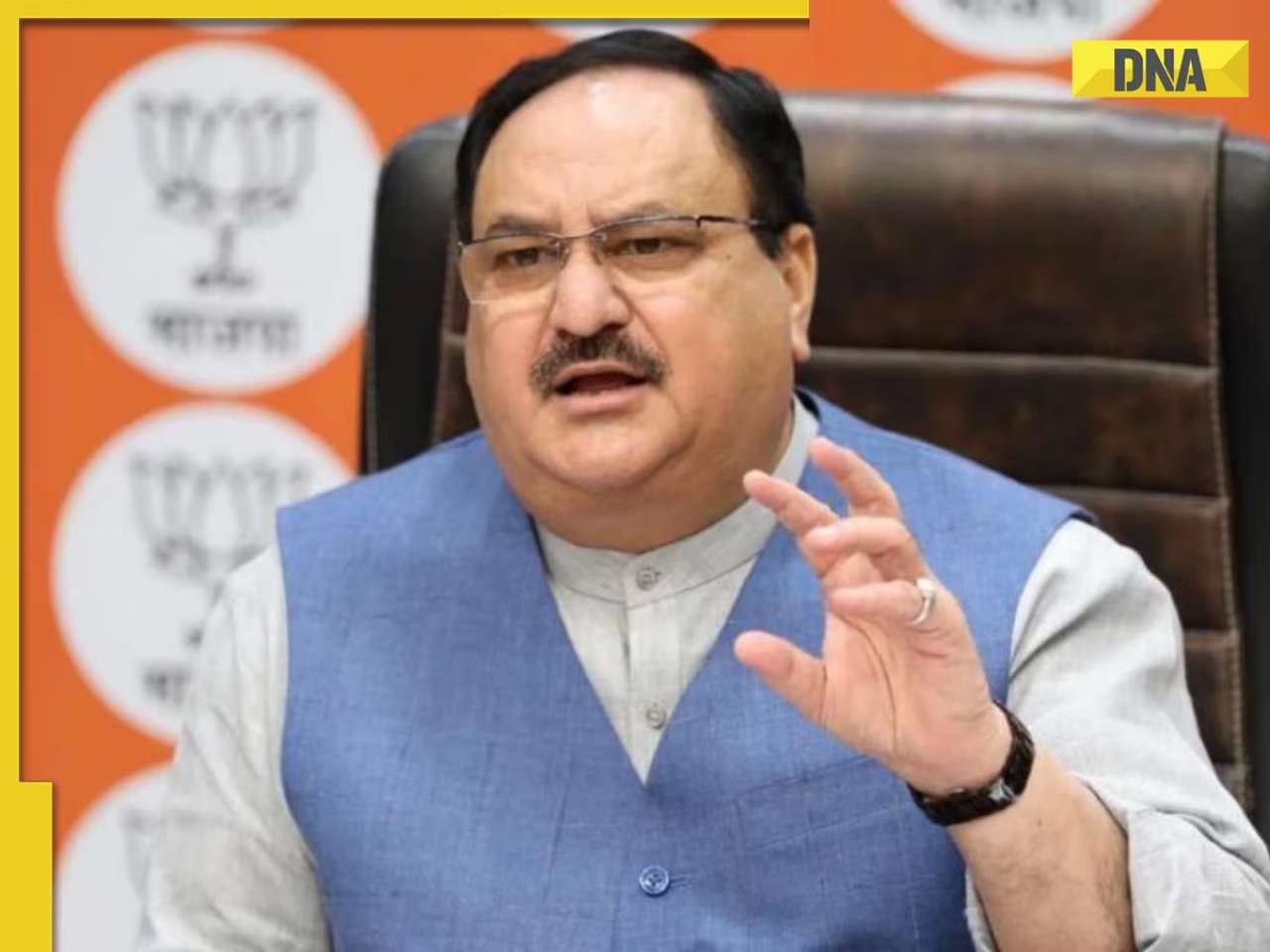
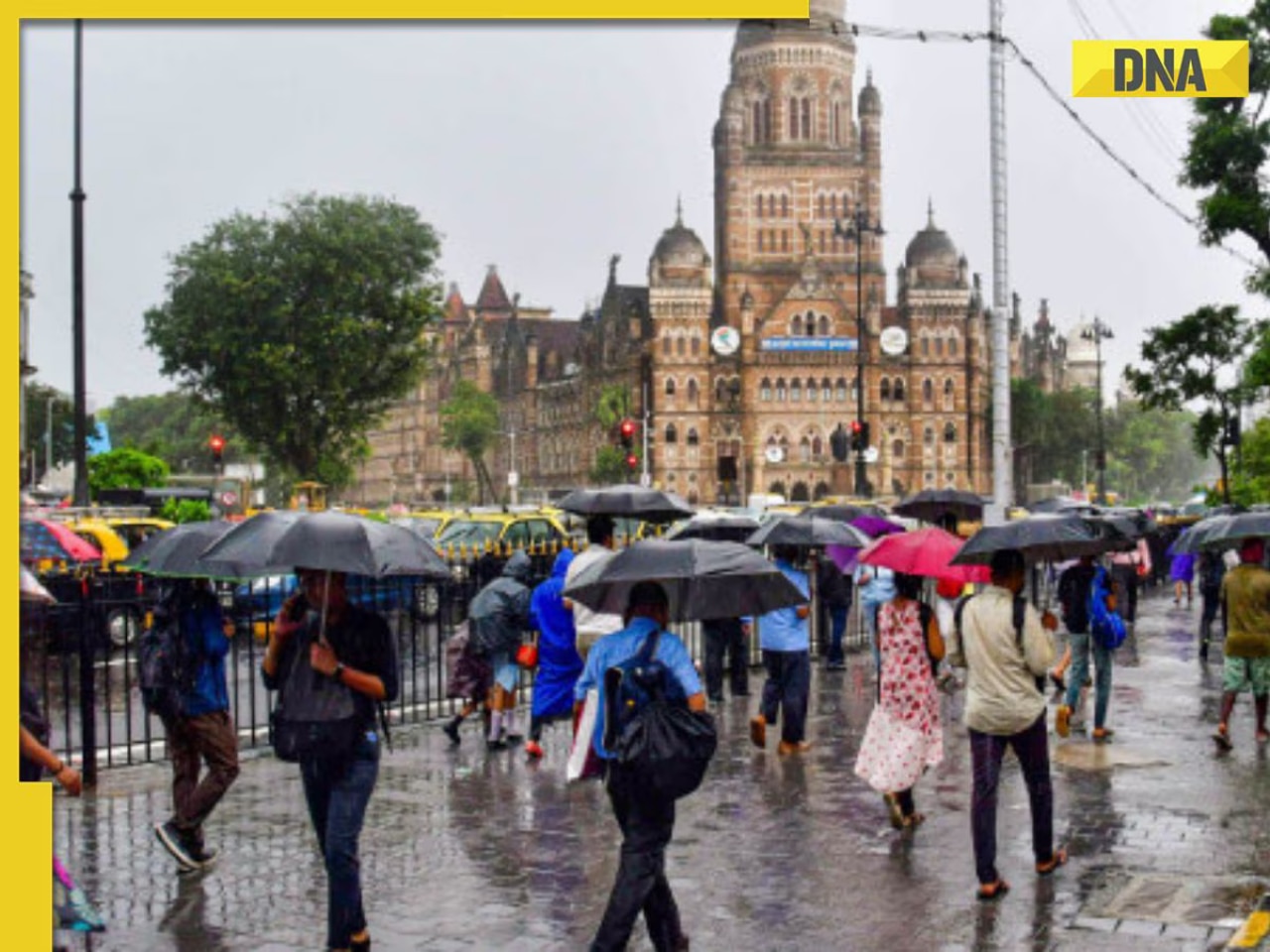
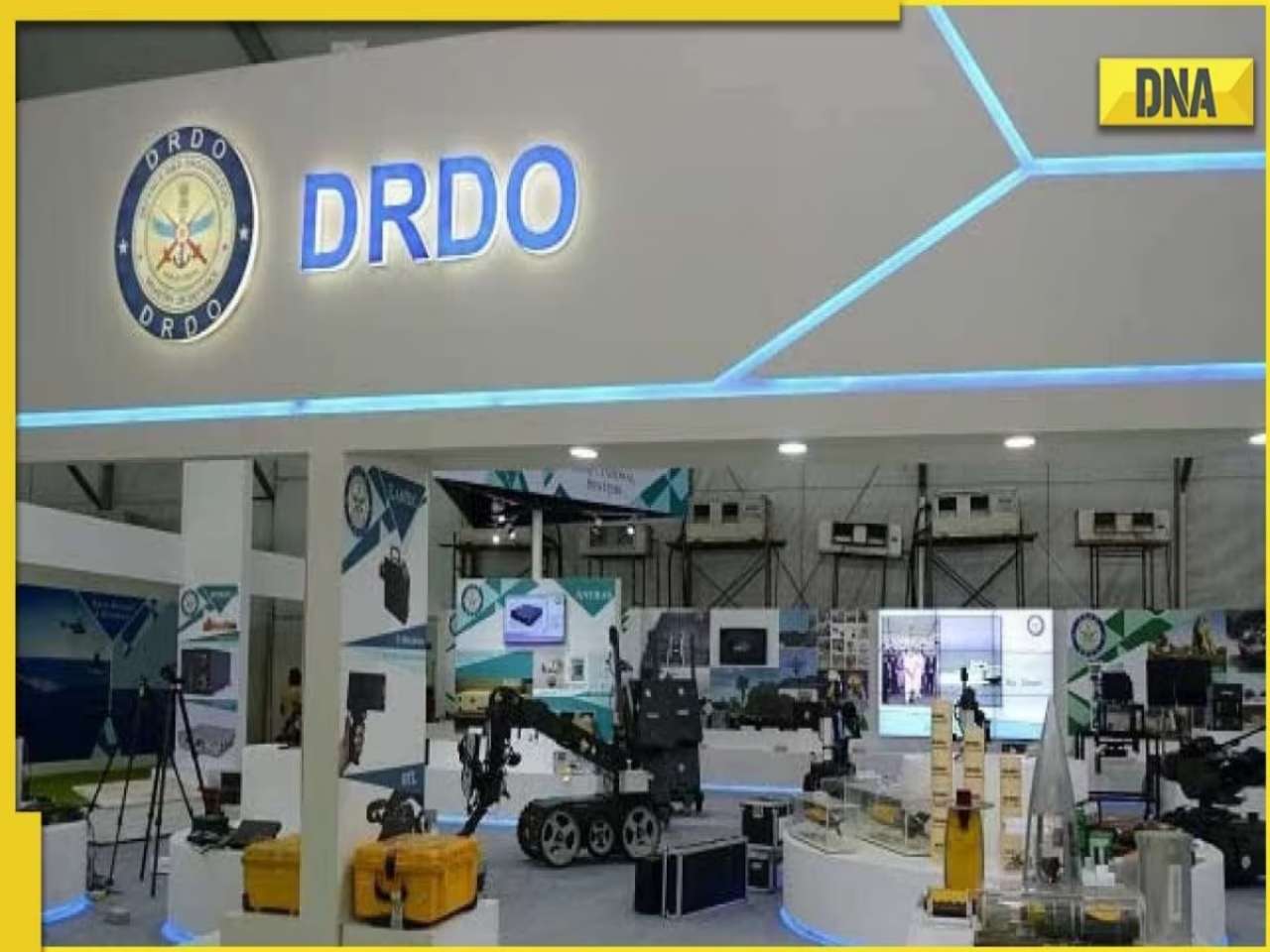
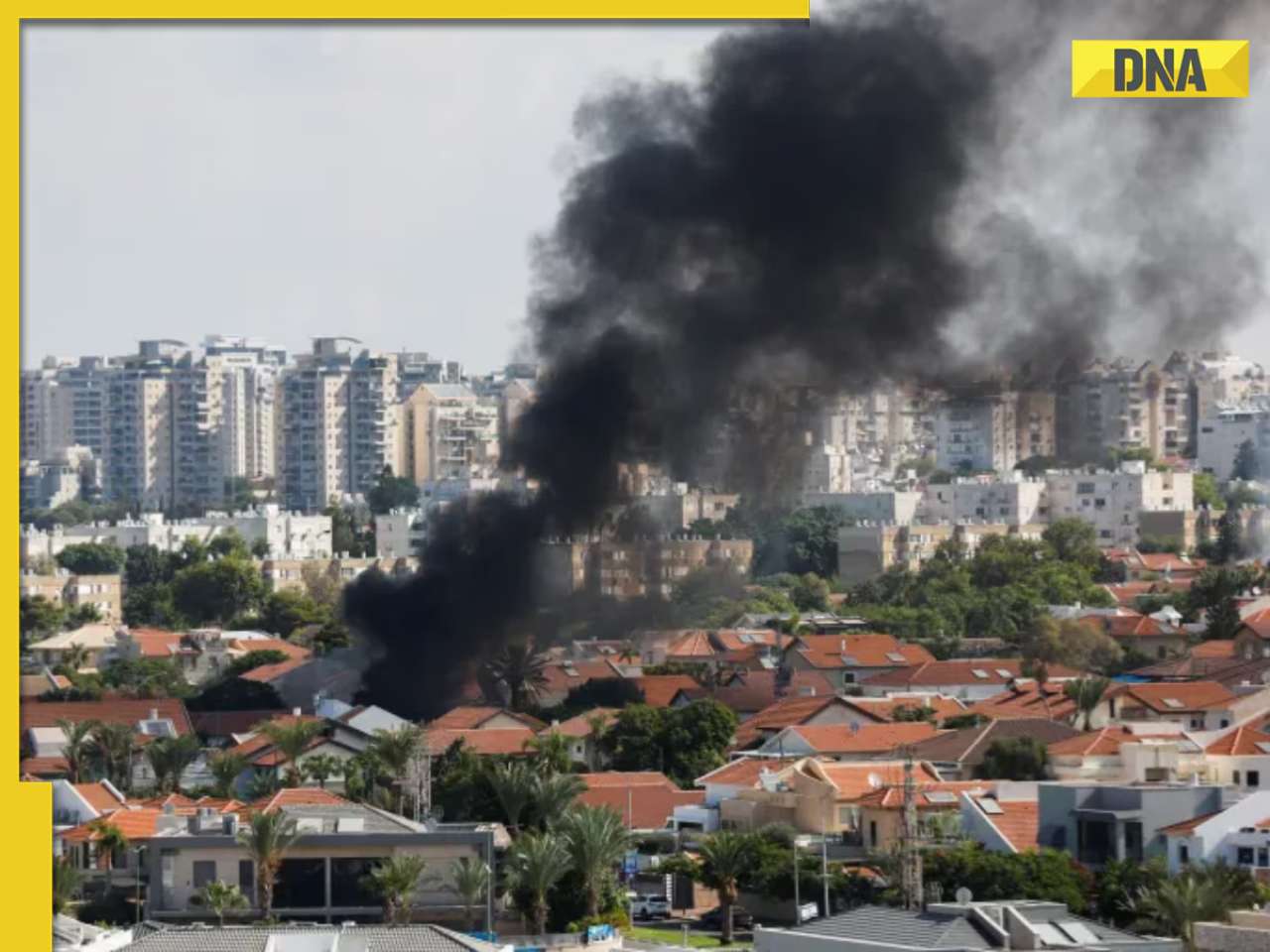
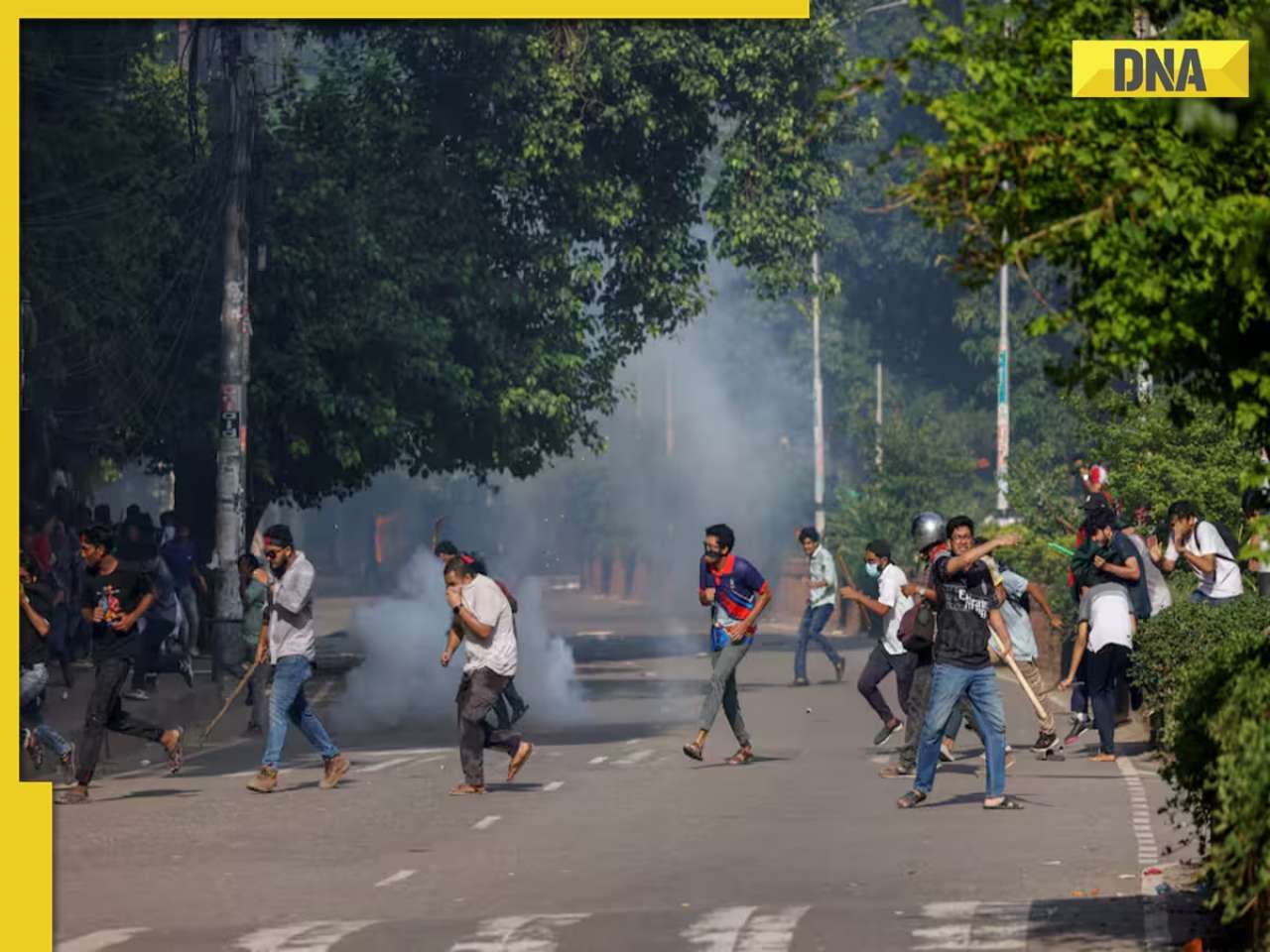
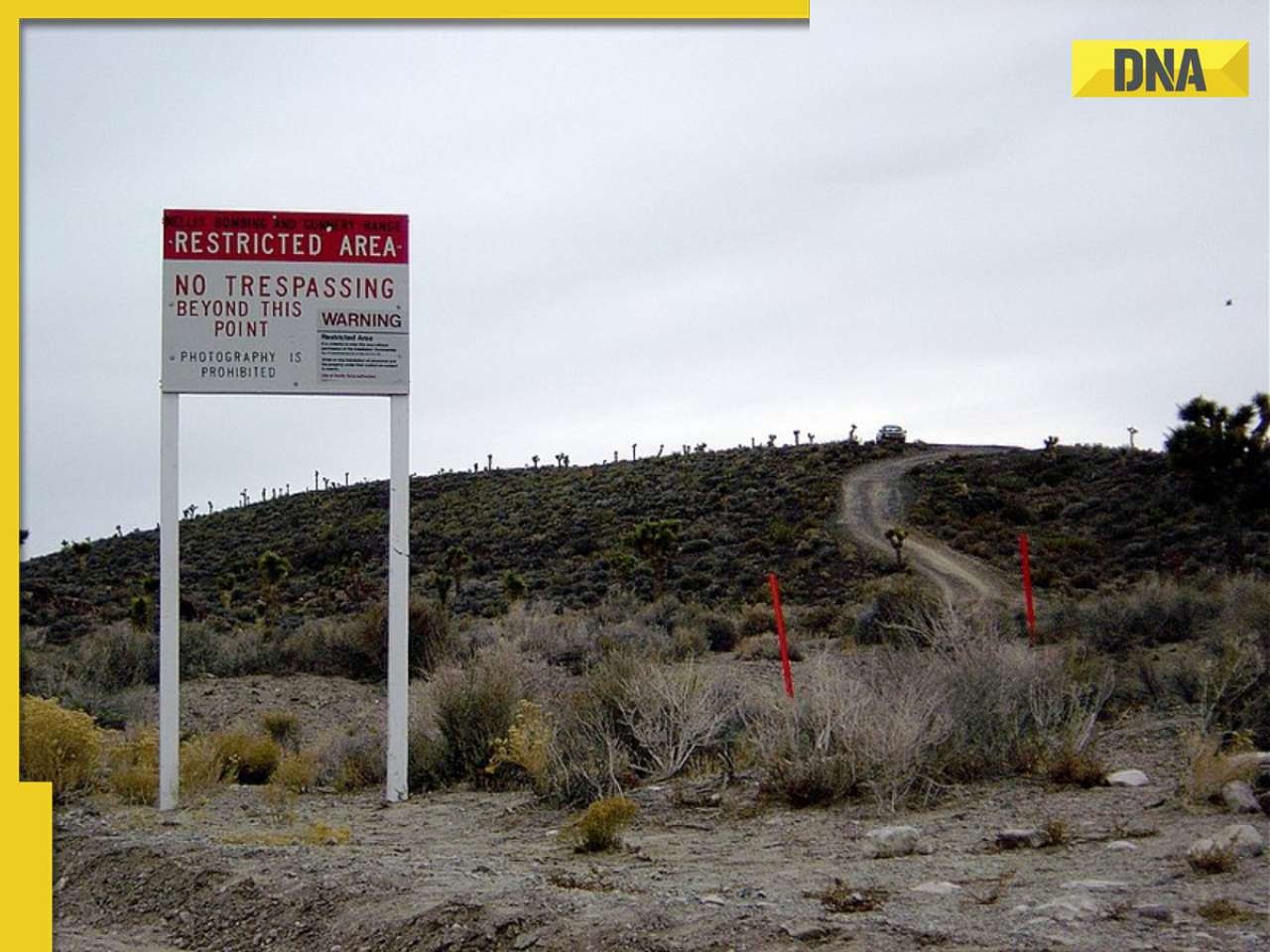
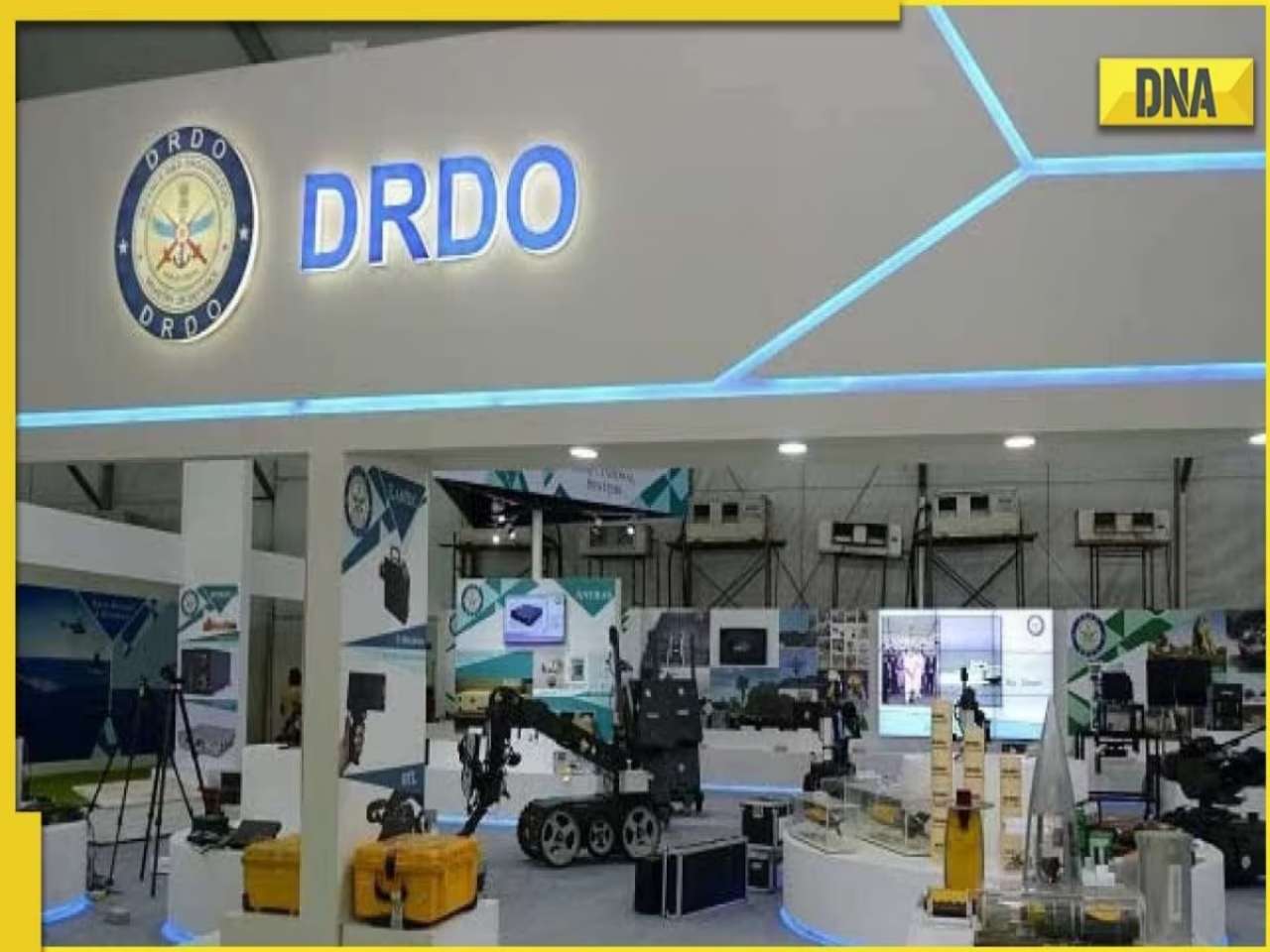
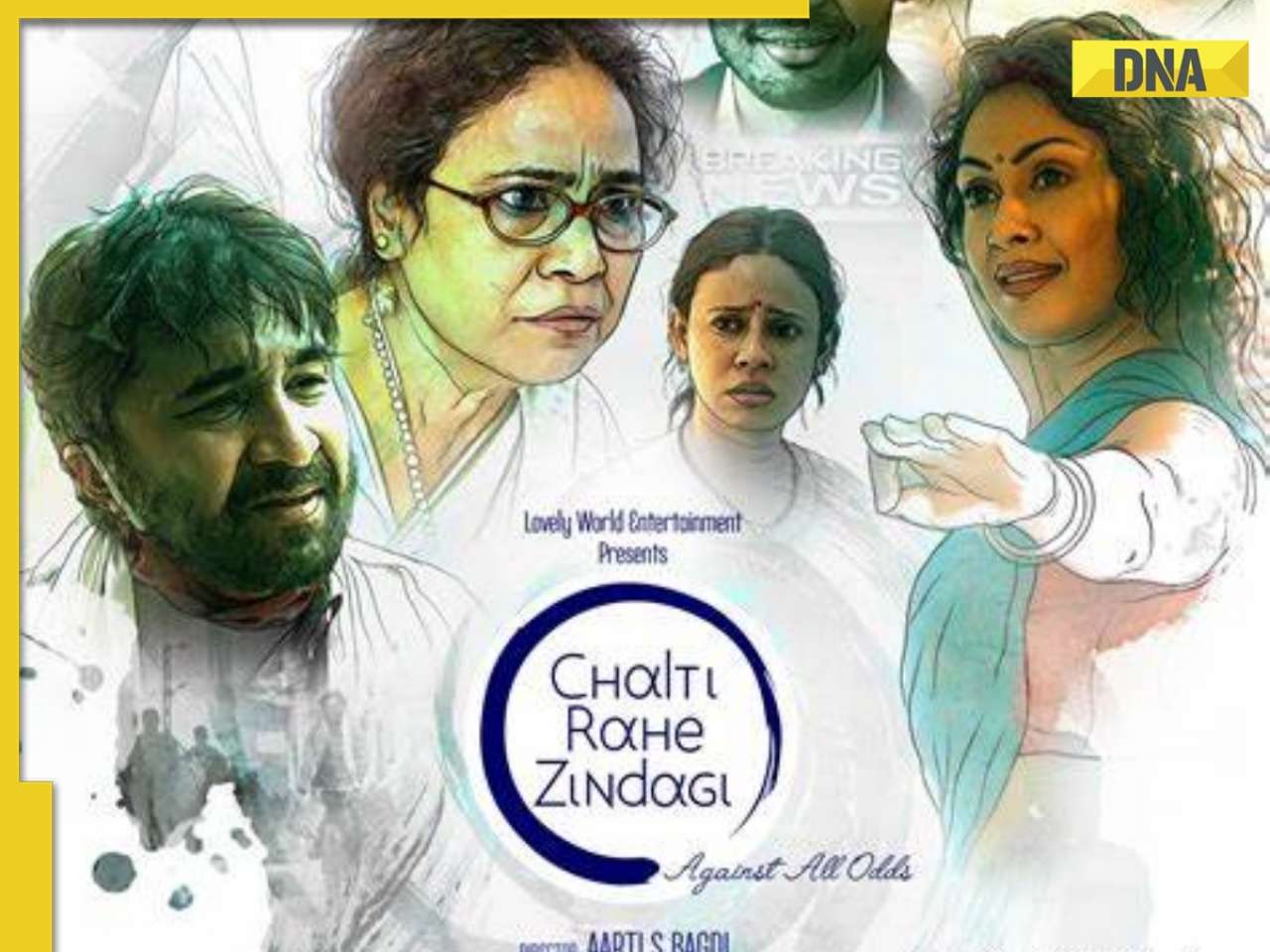




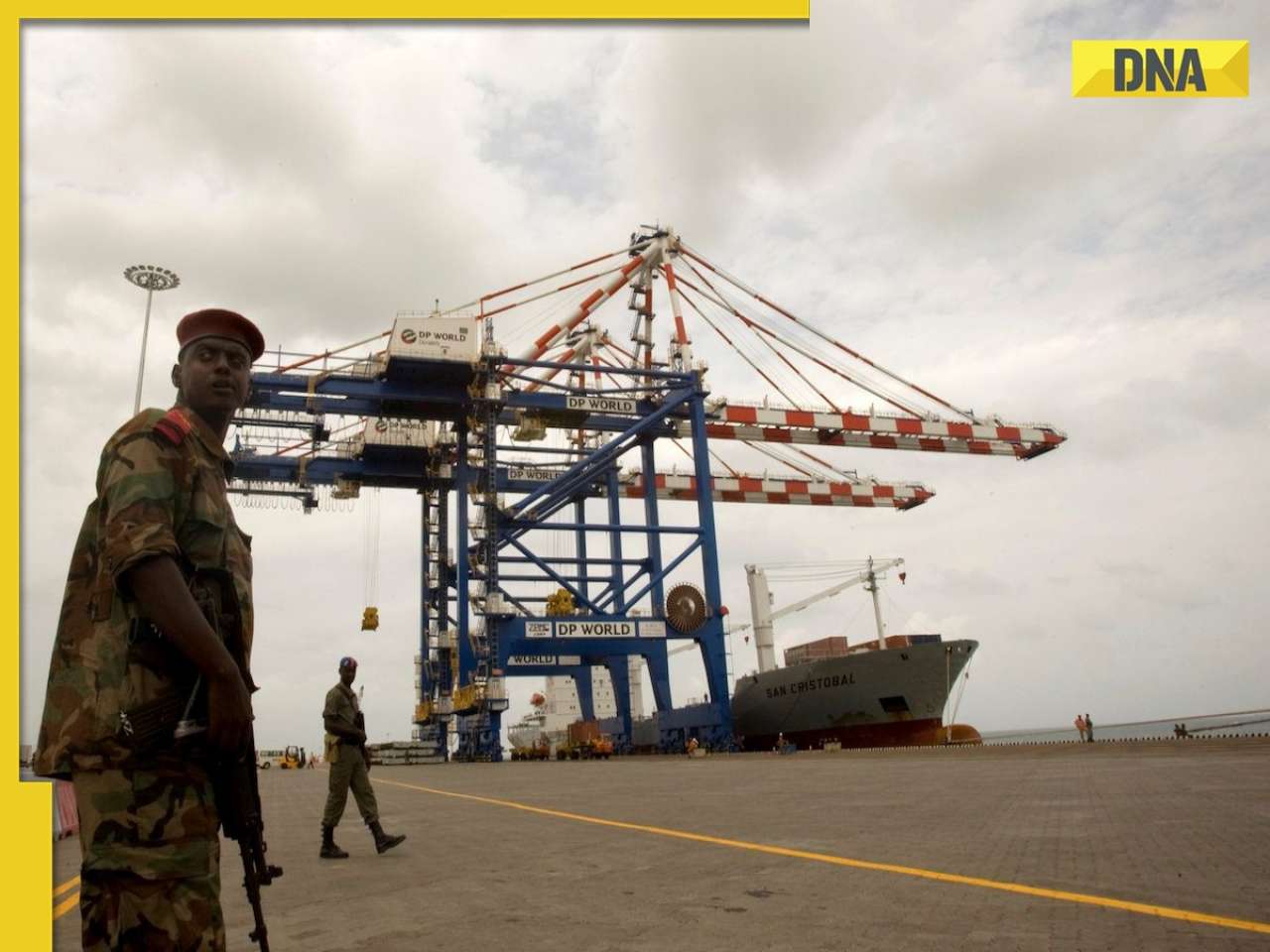
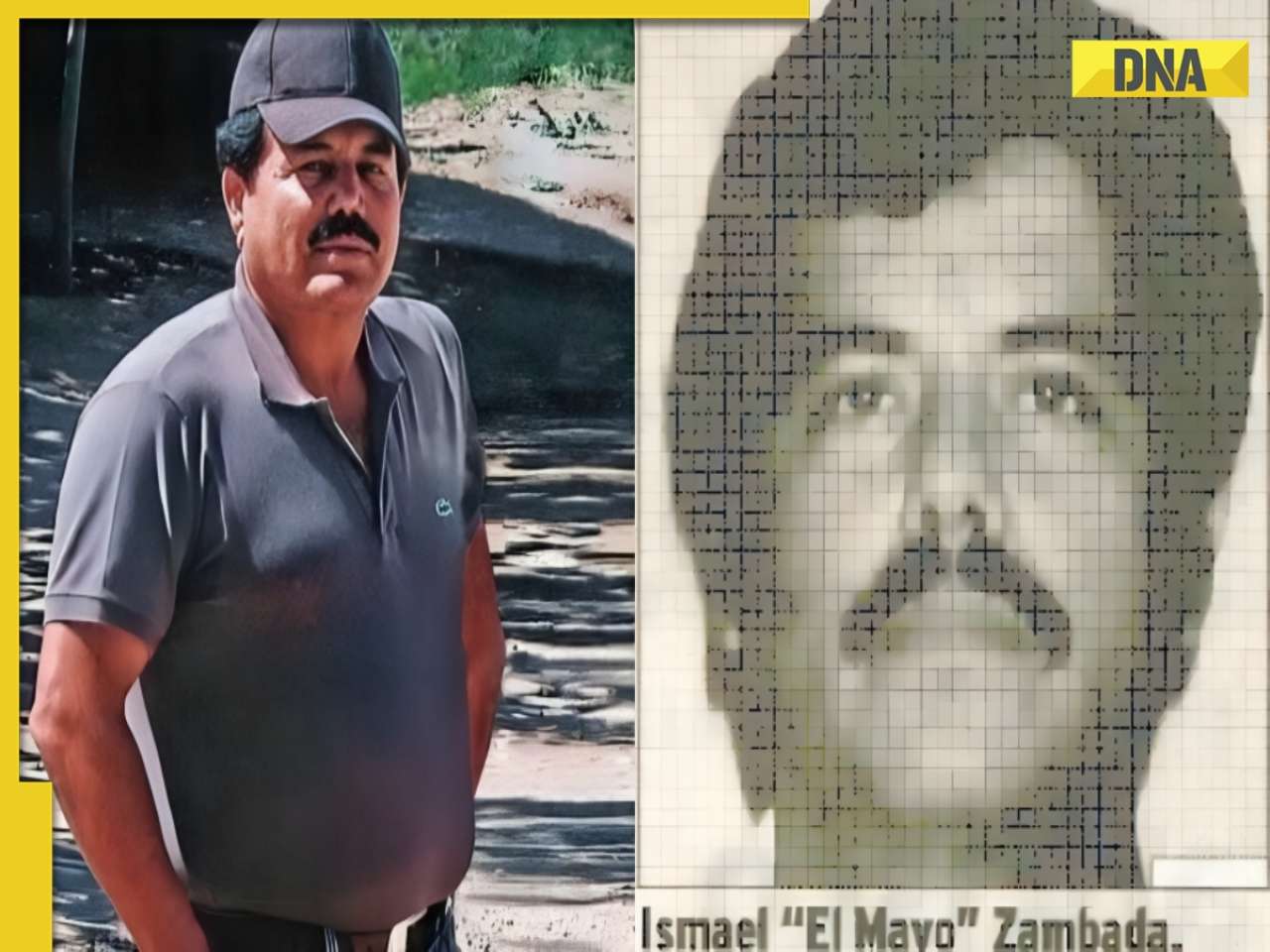
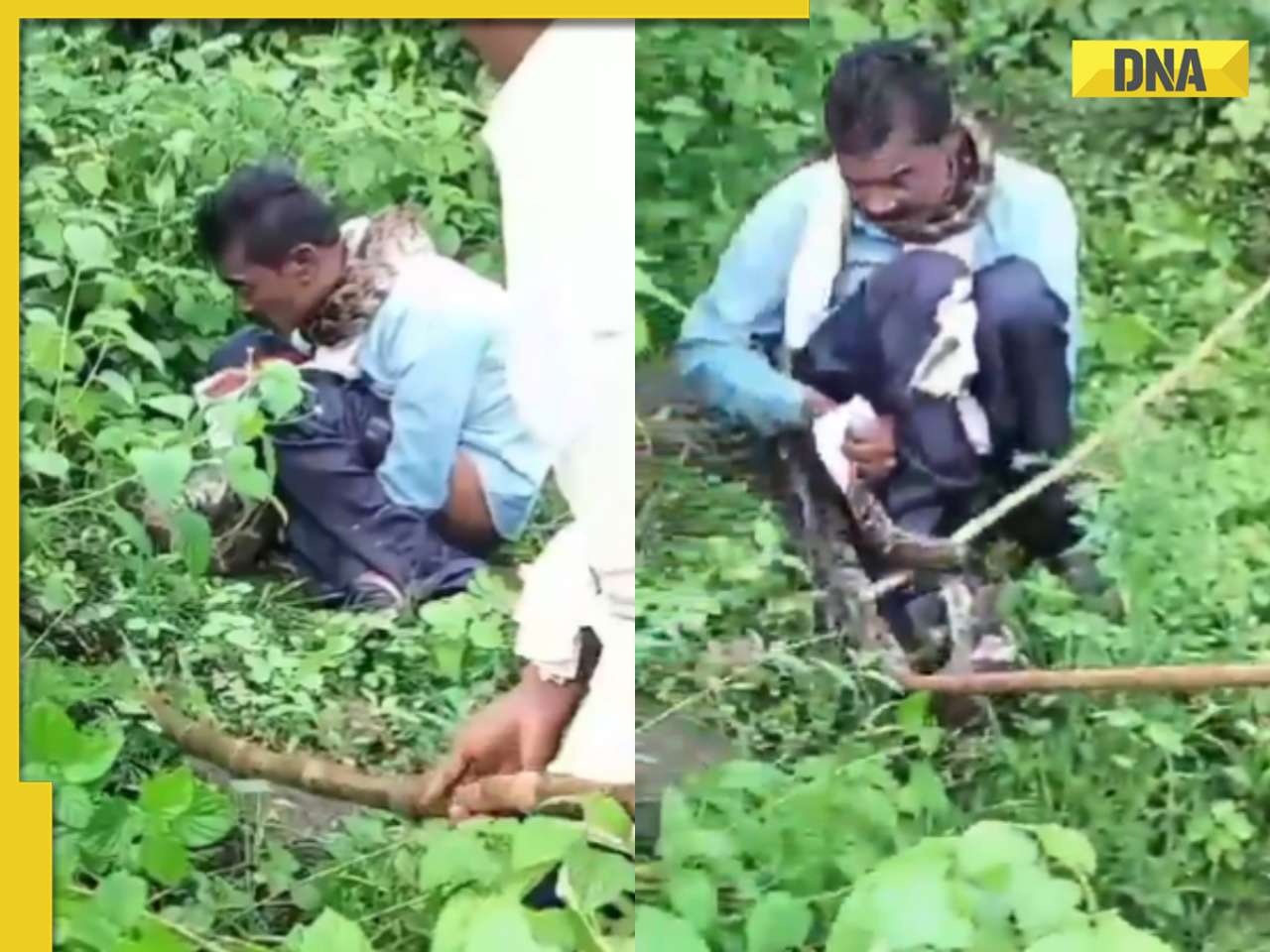
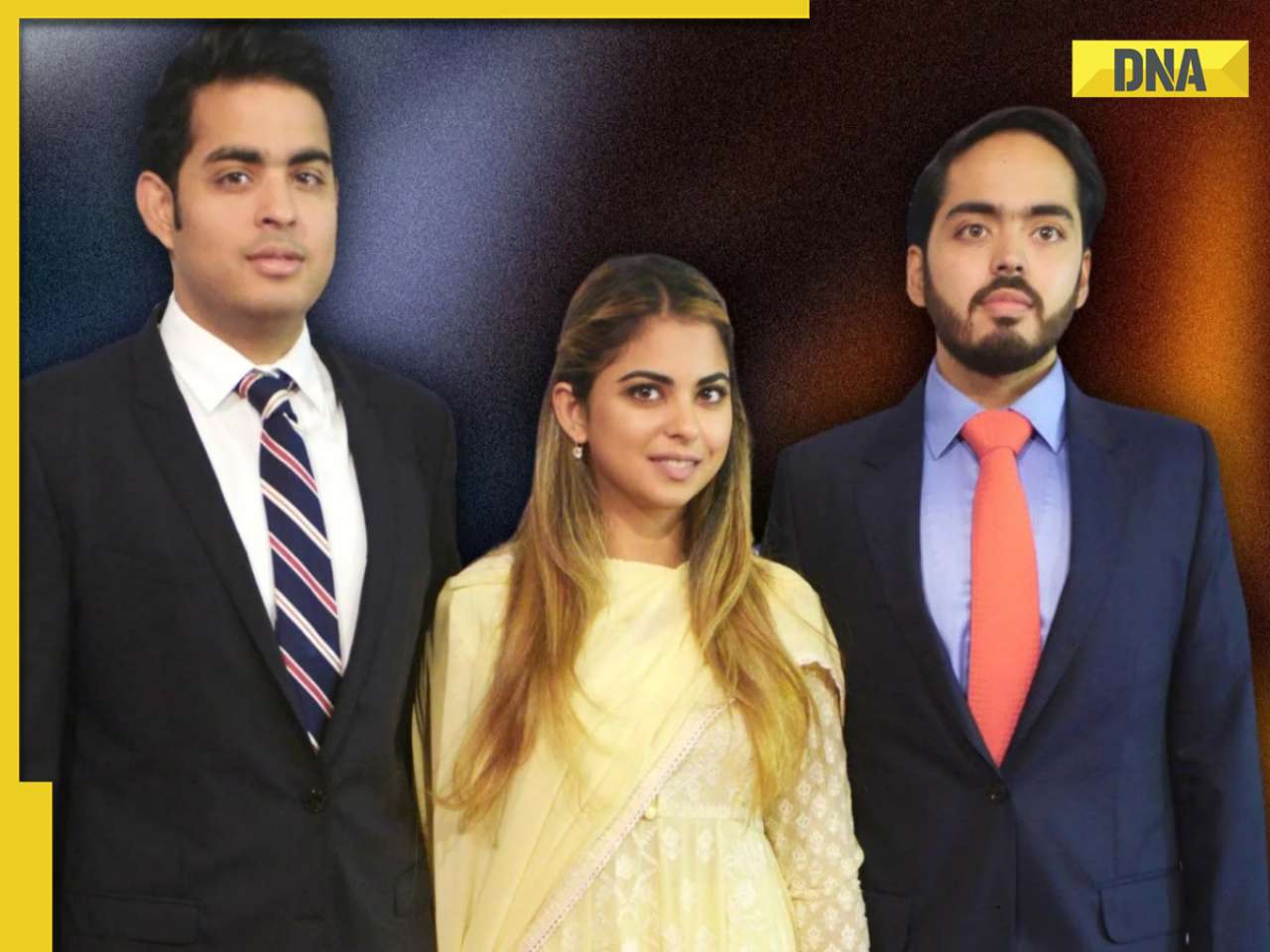

)
)
)
)
)
)
)
)
)
)
)
)
)
)
)
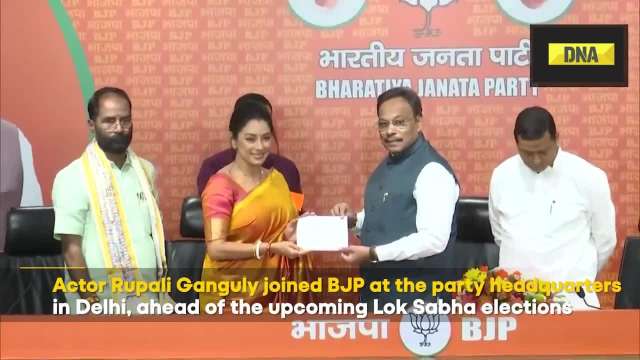
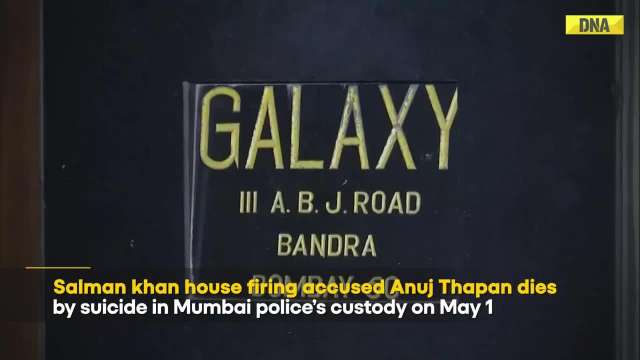
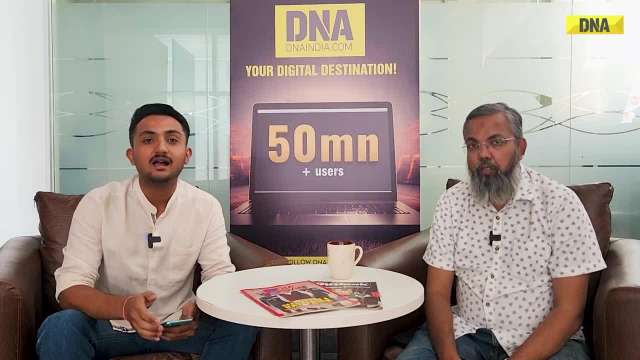
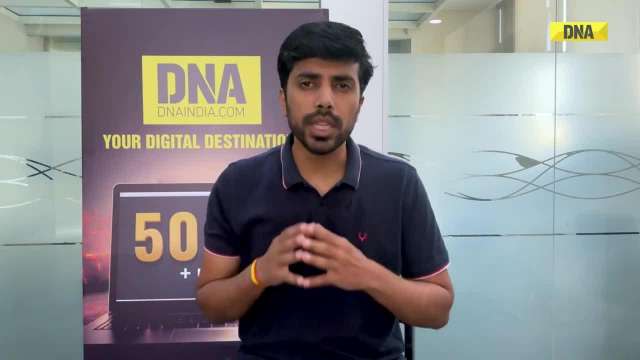
)
)
)
)
)
)